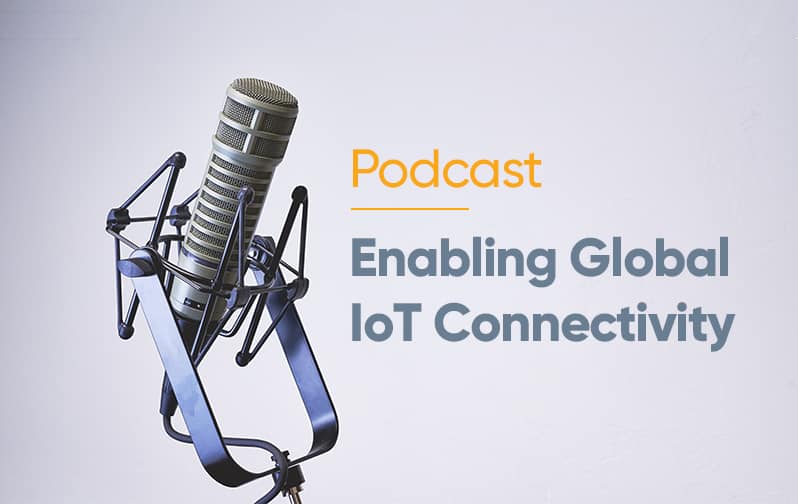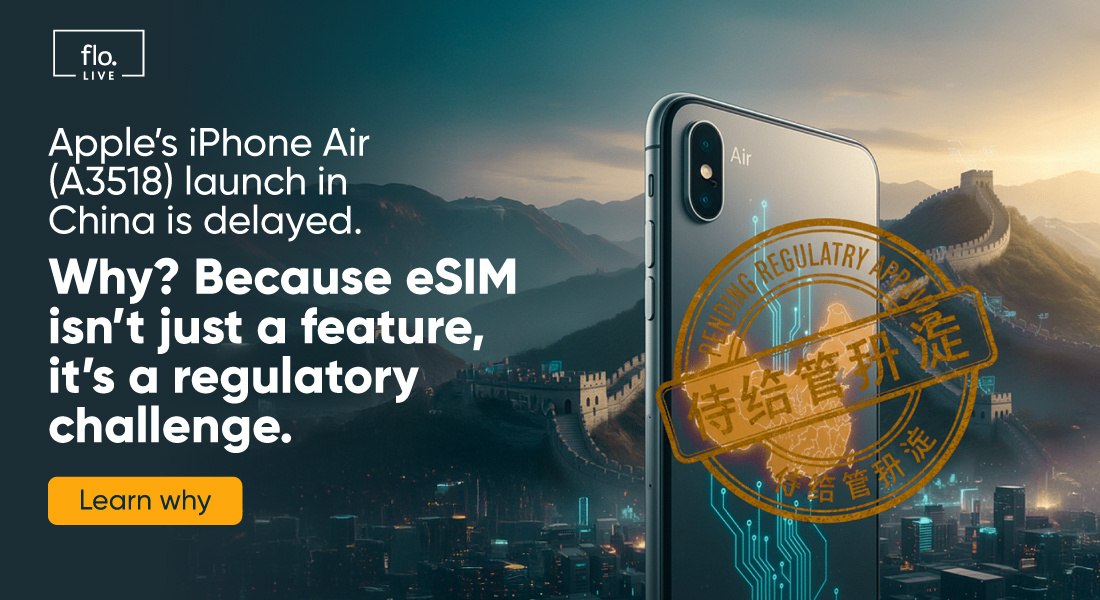Page Contents
How Can MNOs Give Enterprises a Running Start with IoT?

Page Contents
According to McKinsey Research, “IoT seems poised to cross over into mainstream business use. The number of businesses that use IoT has increased from 13% in 2014 to about 25% today. And the worldwide number of IoT-connected devices is projected to increase to 43B by 2023, an almost threefold increase from 2018.”
Recently, our own Bill Wark, Senior VP, North America Sales participated in a podcast where he discussed how MNOs can best support the value-added IoT services that enterprises are looking to leverage. Keep reading for some key highlights.
“Today’s Enterprises are Climbing the Value Chain”
IoT-enabled services are an opportunity for today’s enterprises. Look at a Retailer for example, who used to offer simple delivery, but can now offer tracking of the last-mile, or a Utilities provider who can offer smart-meters or self-service for the first time. Another example is a Logistics provider, that can include track and trace functionality for regulatory purposes. IoT is extending what enterprises can offer in a huge way.
“There is no Single IoT”
From Massive IoT, driven by LPWAN, to Broadband IoT that offers higher profits through greater data volume, all the way to Critical IoT that suits sensitive use cases such as hospitals, manufacturing plants and more, carriers need to be able to serve them all. Some of these cost more than others, some need integration with existing systems that may be outdated, others rely on global coverage… there are a lot of variables to consider.
“For Enterprises, Multiple MNO Relationships Won’t Cut It.”
Using multiple mobile network operators to get connectivity for IoT use cases is an operational nightmare. Enterprises need to be able to visualize all their devices, optimize performance, and make sure that there are no gaps. They need to put granular application and user requirements into place, and keep costs at a minimum, and that can’t happen through multiple MNO relationships with MNOs all over the world.
“Roaming isn’t the Answer for IoT!”
Roaming agreements are not lucrative for MNOs, and they also open up new problems for enterprises such as permanent roaming restrictions and compliance when it comes to IoT data. Performance is never best-in-class, and latency is going to be huge. For IoT, especially critical IoT, low latency is critical. It will also impact how long devices last, how good performance is, and ultimately, how successful an IoT initiative is going to be.
“Enterprises and MNOs need a Single Provider for Global Connectivity”
floLIVE offers local core networks in different regions around the world, each with a local IMSI range from a local carrier. MNOs can use these with their own SIMs or IMSIs, and get broader connectivity globally. Enterprises can get connectivity anywhere that they need for their IoT projects, all under their own control from a single dashboard, with zero degrees of separation.
Better customer support for your own end-users, more granular control over your devices and your data, seamless compliance, and the quickest possible time to market to assure you of that all-important first-mover advantage.
Reach out for more information.

Join Our Newsletter
Get the latest tips and insights in our monthly newsletter.









